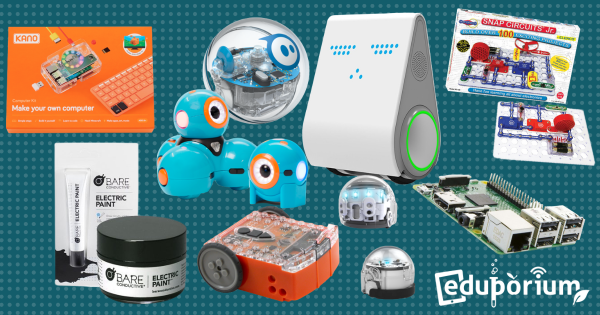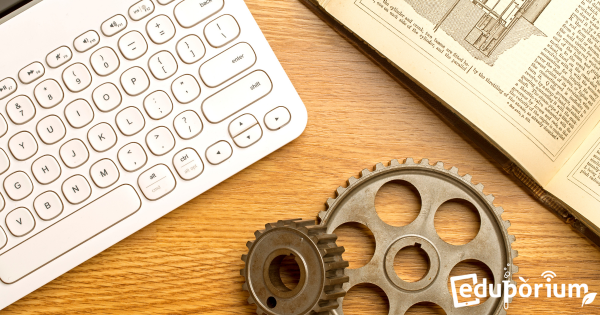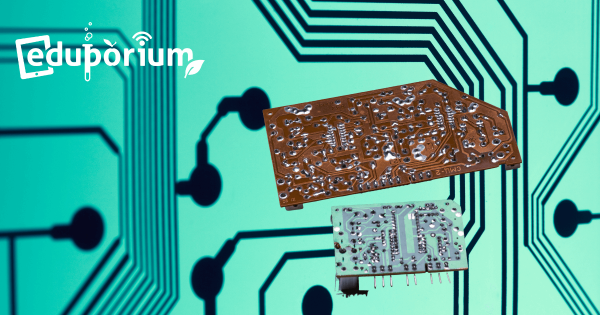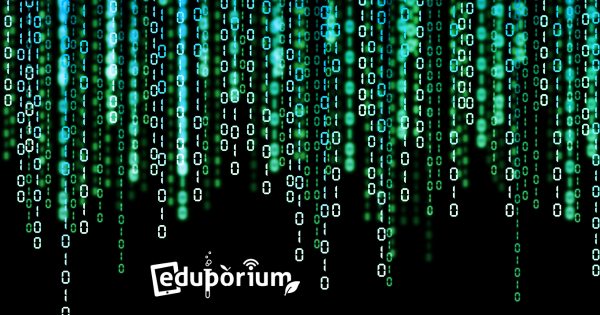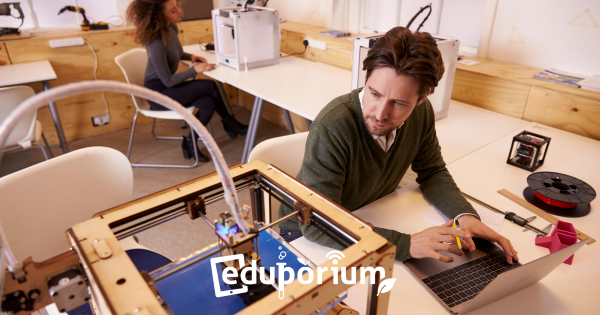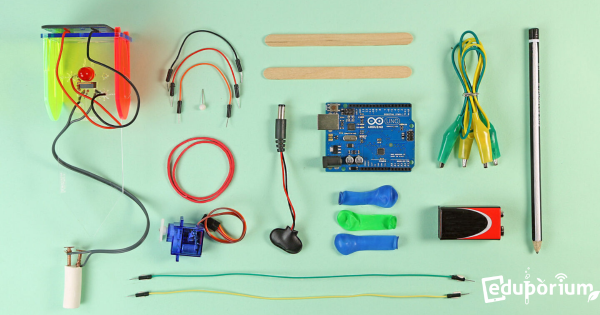Our world is changing—something that’s readily apparent to a lot of us but others are often shocked by just how much employees throughout today’s workforce need technology and rely on a super specific set of skills. So, as early on as elementary school, teachers are now exposing their students to basic coding in STEM classes and kids, generally, respond favorably
Eduporium Blog
-
New From Eduporium: Bundles Of EdTech For Everyone
There may come a time when one single EdTech tool might not be enough for all the marvelous projects and unique activities you’re planning for your classroom. You know what? We thought of that too! Eduporium now offers intuitive bundle offerings that feature specifically selected STEAM solutions grouped together to help all your students excel with hands-on learning. -
Eduporium Weekly | How We Can Make Making Meaningful
The constant reiteration of the importance about “STEM this” and “STEAM that” has led to the revitalization of hands-on education in many of our K-12 school systems across the country. While many of these movements—in education or otherwise—die out after their trendiness loses appeal, the Maker Movement, it appears, should be one of them that sticks around. -
NEW from Eduporium: The Circuitry Starter Bundle!
Our newly added Circuitry Starter Bundle contains EdTech tools that combine light creativity with fun DIY projects. There’s no better way to design a classroom around productive play than by packaging some of the most intuitive circuitry tools, so we’ve strategically bundled tools for teaching key concepts and making STEM learning fun! -
Eduporium Weekly | Why Schools Need Technology
One way to introduce students to STEM is to make it fun while they learn key skills through active interaction. Digital curricula are a great idea, especially if you can learn from educators who have initiated similar journeys. There are so many projects and fun activities students can do right in the classroom or take home for collaboration outside school. -
Map of Skills | Managing a Modern-day Performance
“The role of a stage manager is an important and, at times, hectic one. They’re responsible for determining when the lights go on, when dancers go on and when sound goes on for a performance. So, you start the project by watching the ballet—watching the rehearsals—and understanding the sequence of timing,” Yolanda said. -
Eduporium Weekly | The Power Of Code
Sure, you can write code to a computer program to gain your coding experience, but we prefer to leave that to more experienced scientists. You probably never realized this, but many modern and simple EdTech tools involve teaching the basics of coding. For example, in recent years, coding has even found its way into the educational robotics field. -
Eduporium Weekly | 3D Printing And Education's 3rd Dimension
Whether it’s establishing a fully hands-on classroom or employing some of the latest trends like 3D printing, we are definitely in the midst of an education revolution. Kids are adapting to become almost entirely self-sufficient or at least able to know that they do not always need guided instructions in order to learn and develop. -
Get to Know Our Newest Product Line: Tech Will Save Us
The Tech Will Save Us kits combine tech-focused projects, usability and immediate satisfaction to encourage kids to experiment with a number of different DIY activities and is sure to inspire the next creative generation! There really is something for everyone—music lovers, gardeners and aspiring inventors! -
Eduporium Weekly | Education And Revolutionized Readiness
So much has been made about the need for kids to learn with technology as early on as elementary school to prepare them for the real world. Many schools and districts, however, continue to rely on their longtime curricula despite evidence that shows innovation in education is highly beneficial for today’s youth.




